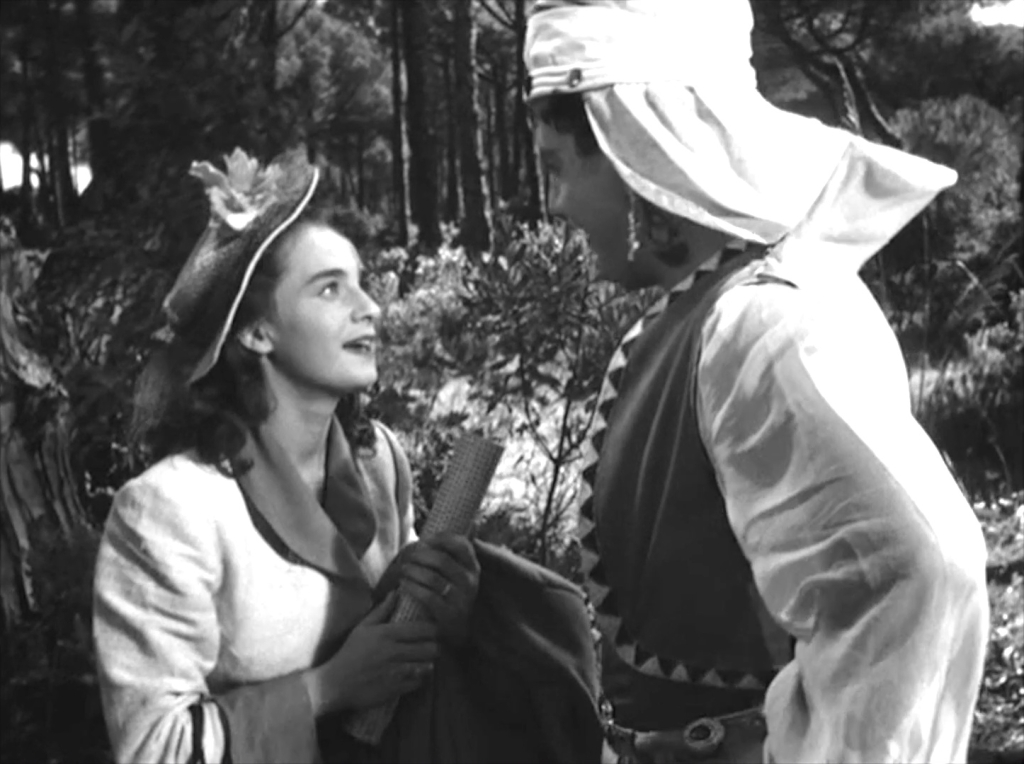
Little more than ten minutes into Federico Fellini’s 1952 movie Lo sceicco bianco, or The White Sheik, a character makes a remark that seems to encapsulate and anticipate the filmmaker’s entire body of work yet to come: “Real life is the life of dreams.” Although Fellini was far from a novice in the world of cinema by this point — his earliest uncredited contributions as a screenwriter date back well over a decade to 1939, when he was just nineteen years old, and he had co-directed Variety Lights (Luci del varietà) with Alberto Lattuada in 1950 — The White Sheik represents his first solo effort in the director’s chair, and in retrospect those words come across as a sort of manifesto or statement of purpose. Later, of course, there would be the vividly depicted dreams and fantasies of films like 8½ (1963) and Juliet of the Spirits (Giulietta degli spiriti, 1965), in which the boundaries between the concrete and the imagined become hazy or cease to exist completely, and a significant portion of his output from the 1960s onward might be described as larger than life, surreal, artificial or some combination of those terms. However, even in his work from the 1950s, which tends to be more firmly rooted in the real world, dreams of one kind or another are present and potent: consider the title character in Nights of Cabiria (Le notti di Cabiria, 1957) with her dreams of a better life, or Moraldo and his friends in I vitelloni (1953) dreaming of something different from their current aimless existence. Compared to these examples, the dreams that drive The White Sheik exude a decidedly more fantastic flavor. In that respect, the film might be seen as a foretaste of the Fellini of the future as well as a typical product of his early period — one that remains tethered to everyday, sometimes cold reality.
Continue reading “The Life of Dreams: The White Sheik (1952)”